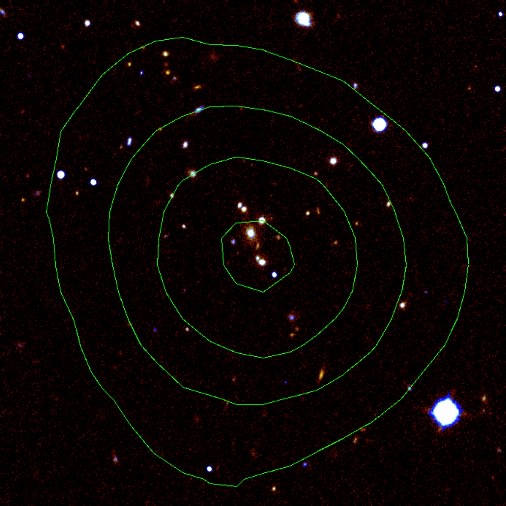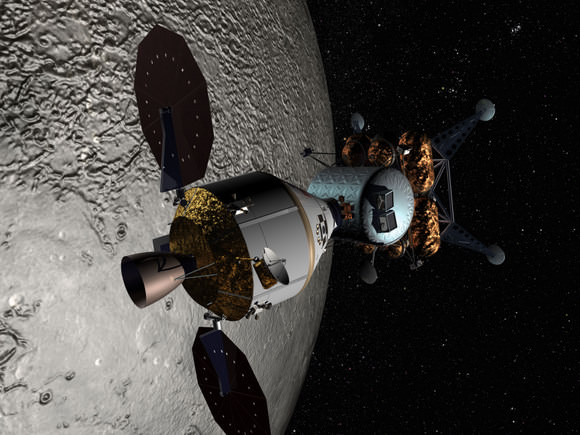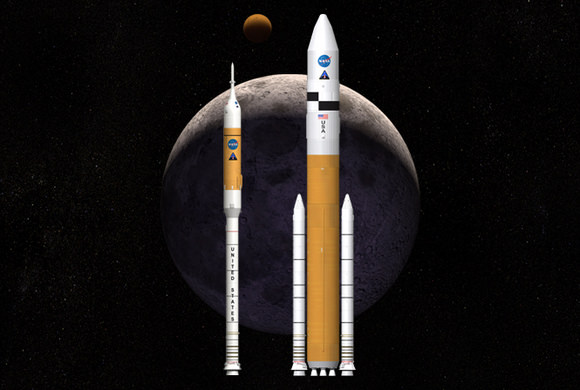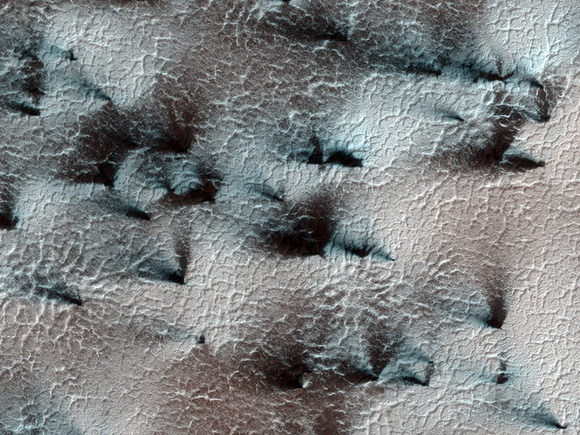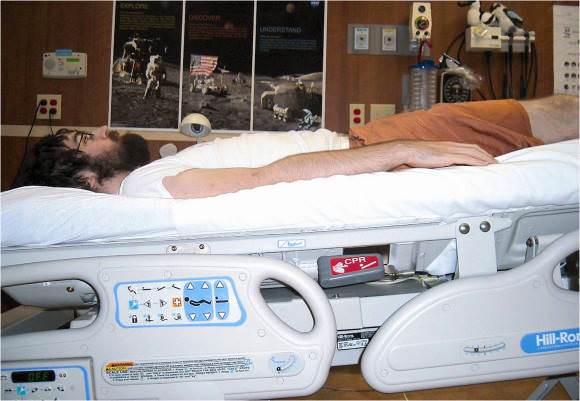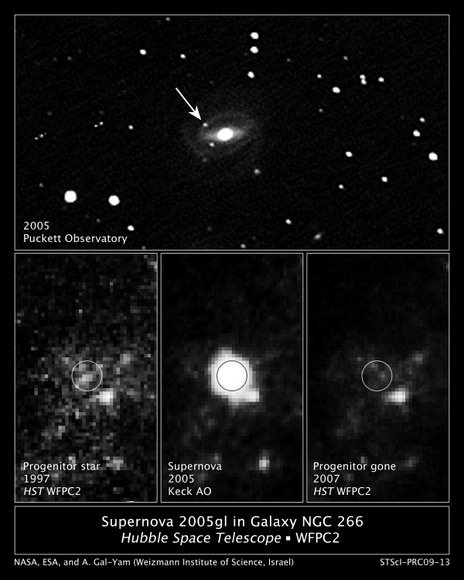[/caption]
An international collaboration of astronomers is reporting an unusual spike of atmospheric particles that could be a long-sought signature of dark matter.
The orbiting PAMELA satellite, an astro physics mission operated by Italy, Russia, Germany and Sweden, has detected a glut of positrons — antimatter counterparts to electrons — in the energy range theorized to be associated with the decay of dark matter. The results appear in this week’s issue of the journal Nature.
Dark matter is the unseen substance that accounts for most of the mass of our universe, and the presence of which can be inferred from gravitational effects on visible matter. When dark matter particles are annihilated after contact with anti-matter, they should yield a variety of subatomic particles, including electrons and positrons.
Antiparticles account for a small fraction of cosmic rays and are also known to be produced in interactions between cosmic-ray nuclei and atoms in the interstellar medium, which is referred to as a ‘secondary source.”
Previous statistically limited measurements of the ratio of positron and electron fluxes have been interpreted as evidence for a primary source for the positrons, as has an increase in the total electron-positron flux at energies between 300 and 600 GeV. Primary sources could include pulsars, microquasars or dark matter annihilation.
Lead study author Oscar Adriani, an astrophysics researcher at the University of Florence in Italy, and his colleagues are reporting a positron to electron ratio that systematically increases in a way that could indicate dark matter annihilation.
The new paper reports a measurement of the positron fraction in the energy range 1.5–100GeV.
“We find that the positron fraction increases sharply over much of that range, in a way that appears to be completely inconsistent with secondary sources,” the authors wrote in the Nature paper. “We therefore conclude that a primary source, be it an astrophysical object or dark matter annihilation, is necessary.” Another feasible source for the anitmatter particles, besides dark matter annihilation, could be a pulsar, they note.
PAMELA, which stands for a Payload for Antimatter Matter Exploration and Light Nuclei Astrophysics, was launched in June 2006 and initially slated to last three years. Mission scientists now say it will continue to collect data until at least December 2009, which will help pin down whether the positrons are coming from dark matter anihilation or a single, nearby source.
Source: Nature (there is also an arXiv/astro-ph version here)


